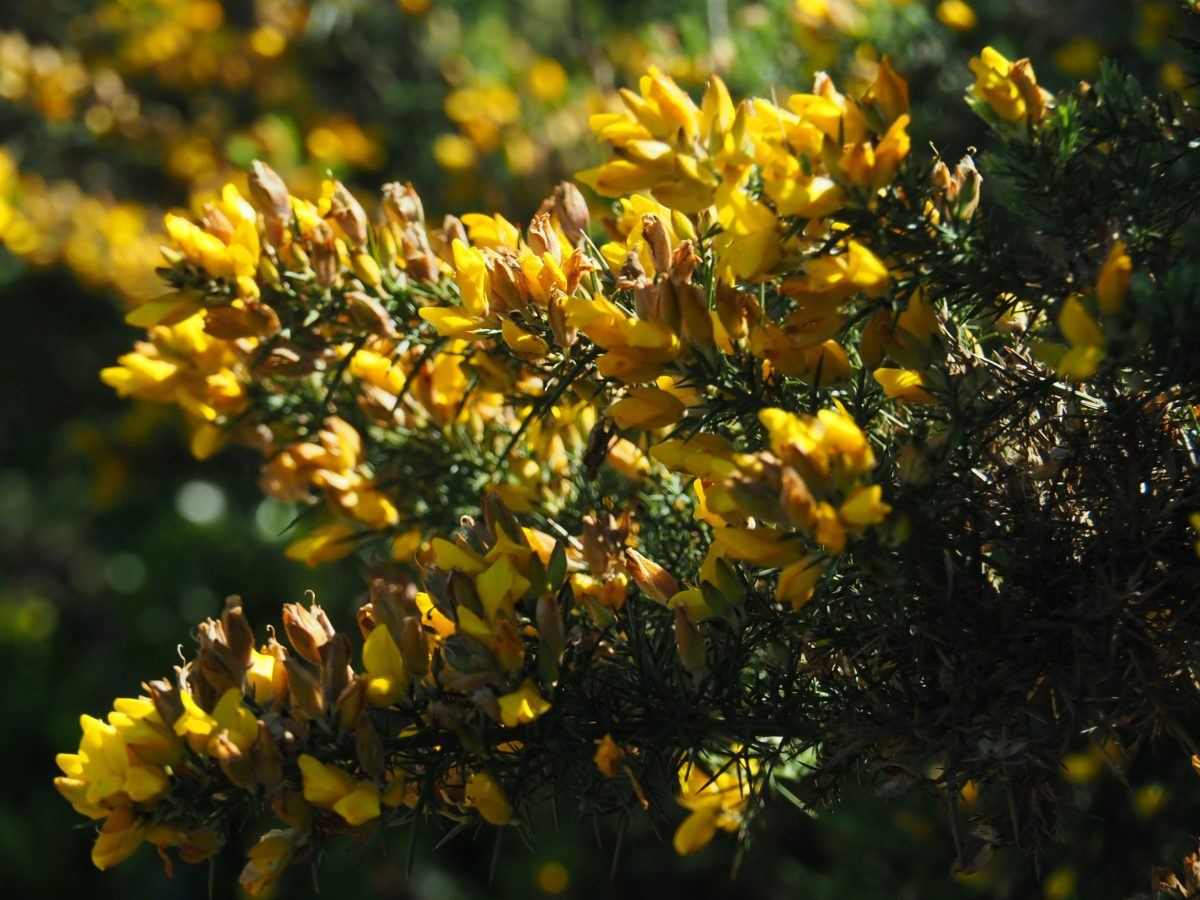Societies all across the globe are moving in the direction of home gardens to supplement store-bought supplies, as people recognise the value of their space more as a food-producing resource than a purely aesthetic element. From patios to small apartment gardens and rooftop areas, everywhere is a potential place to grow plants with nutritional and medicinal value.
When planning any kind of garden, factors to consider include the garden irrigation system, the layout of the garden, and the types of plants to grow. The plants chosen for a garden can have a positive or negative impact on the nutritive composition of the soil they grow in.
All plants rely on nitrogen from the soil, and traditional, outdated cultivation methods will insist that this is added in through chemical fertilizers, but recent, more progressive and holistic methods have demonstrated that nitrogen can be fixed into the soil by growing certain plants. Here are five nitrogen-fixing plants to use in the garden.
Beans
Traditionally, beans are grown as a companion to corn, as they form a symbiotic partnership. The beans (legumes) fix nitrogen in the soil, in their roots. The corn, fast-growing and reliant on large amounts of nitrogen for this growth, also provides a natural structure for the bean plant to grow around.
Beans are a great alternative source of protein, and depending on the type of bean planted, the crop can last for up to seven years. They also grow easily in most soils, in full or partial sun.
Red Or White Clover
These clovers are grown as forage, with other companion grasses, and they add a valuable nitrogen component into the soil to enrich the nutritional value of the grass.
In smaller areas, these clovers can also be used as a nitrogen fixer in between other plants. In addition to this, clover will cover the open ground, acting as a living mulch to prevent moisture loss from the soil, and providing added nutrition when it dies down.
Wood Vetch
For those who would like to include some plants which will attract insects like bees and butterflies, this pretty plant is a good nitrogen fixer, and copes well in dry soil. It is native to North Carolina, and grows as a small flowering plant.
The plant is a herb, and a perennial food source for bees, butterflies and birds. It also has a medicinal value, and has been used to help with back pain.
Wood vetch can be grown in any setting, whether as an ornamental plant in a window box, or interspersed with edible plants in a large garden.
Gorse
This is a thorny evergreen, nitrogen-fixing shrub. It has bright yellow flowers, and while it flowers from March, it can flower all year around, under certain circumstances. Although gorse cannot be eaten, it can be used as a thorny hedge to discourage animal or human intruders to a garden.
It grows in poor soil, and likes to be clustered together. The stems become woody and flammable with age. The fine, spiky leaves mean that the plant is drought-resistant.
Although this plant is not native to the Americas, it will grow well in most areas of the continental United States.
Mesquite
These trees, native to the US, are small, hardy nitrogen-fixing pioneers. This means that they lay the foundation for other, taller trees. They will grow in shallow and poor soil, although the height they can reach is affected by soil depth and quality.
For the gardener, this means that mesquite is a good tree to plant for shade or semi-shade, as it will not invade the garden, or shade out the ground, as the leaves are small and fine. They also do not grow very tall.
It also has many useful properties, such as edible pods, and the wood can be used for the smoking process.
Although planning a garden may take a fair amount of research and knowledge, it is a rewarding endeavor. Whether for medicinal herbs or for fresh, daily greens, gardens are a source of independence, which can connect a person to the cycle of the year. Obvious health and cost-saving benefits aside, the act of garden also teaches patience and encourages a better understanding of how the earth works.
The nitrogen cycle is an important part of this process, as plants need nitrogen to grow and produce food. Therefore wherever there are things growing, there will be those plants which help to continue the nitrogen cycle. This should be observed and recreated in the gardens made by people. Not only does this help to maintain the natural balance of nutrition in the soil, but it also presents quite a decent cost saving, as there is no need for artificial additives like chemical fertilizers, which cost money and time to apply, and are also dangerous to store.

